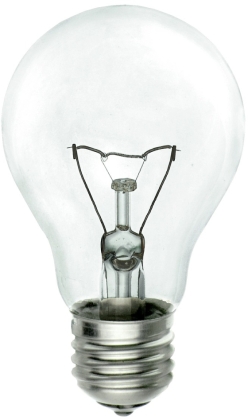How Lighting Can Reduce The Global Demand For Electricity
As a new report is launched by the UN providing guidance on energy efficient lighting, BLT Direct, the online lighting experts, have highlighted how crucial it is for the world to switch over to LED bulbs to reduce the global demand for energy.<br /> <br /> “The report shows that we could

As a new report is launched by the UN providing guidance on energy efficient lighting, BLT Direct, the online lighting experts, have highlighted how crucial it is for the world to switch over to LED bulbs to reduce the global demand for energy.
“The report shows that we could make energy savings of over 50% by 2030 if there was a concerted push by organisations and individuals alike to change old-style bulbs to LEDs,” said Steve Ellwood, Managing Director of BLT Direct. “Not only does this lead to lower energy bills for consumers, it also means we don’t put as much strain on the National Grid at a time when reducing energy consumption is crucial for our planet’s survival.”
Lighting is a relatively simple thing to change; LEDs have plummeted in price since they were first introduced and have a wider range of colour temperatures for customers to choose from.
The report calls for all public lighting to be LED by 2025, and many councils and companies are already making the switch. Sainsburys have pledged to change all their store lights to LEDs in the coming years, and public authorities over the world have found that introducing LED street lighting to their respective districts has meant that crime has been reduced.
High energy efficiency might have come with a higher initial cost than traditional bulbs in the past few years, but with advantages made in lighting recently that’s no longer the case. Consumers making the switch to LED lighting are experiencing lower and lower start-up costs as well as reducing their energy bills and their demand on the National Grid.
